This article needs additional citations for verification .(August 2015) |
| Octopodoidea | |
|---|---|
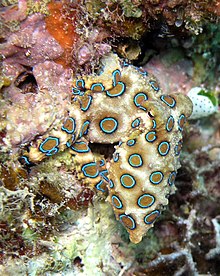 | |
| Greater blue-ringed octopus (Hapalochlaena lunulata) | |
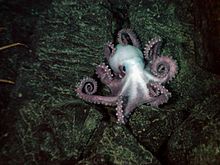 | |
| Benthoctopus sp. | |
| Scientific classification | |
| Domain: | Eukaryota |
| Kingdom: | Animalia |
| Phylum: | Mollusca |
| Class: | Cephalopoda |
| Order: | Octopoda |
| Suborder: | Incirrata |
| Superfamily: | Octopodoidea |
| Families | |

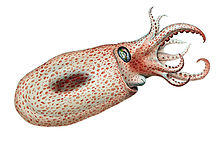
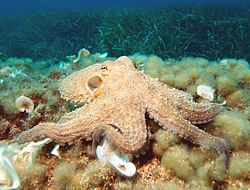
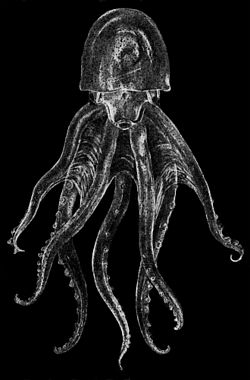
Octopodoidea is a superfamily of the suborder Incirrata containing all extant octopods except for the cirrate octopodes, argonauts (Alloposidae, Argonautidae, Ocythoidae and Tremoctopodidae), and the vampire squid. [1]